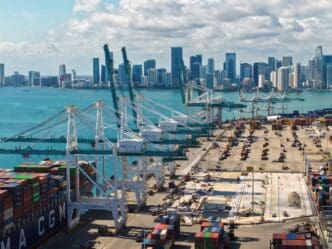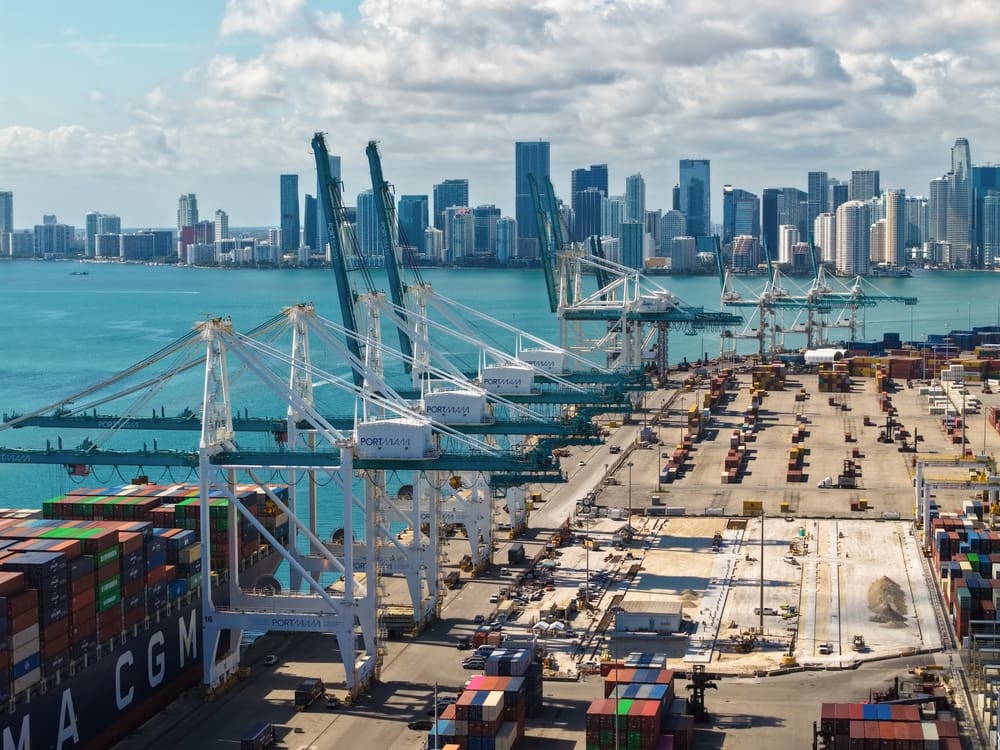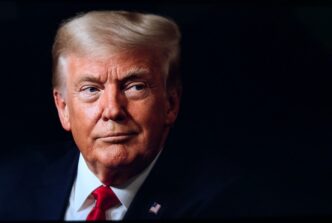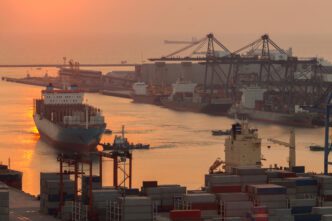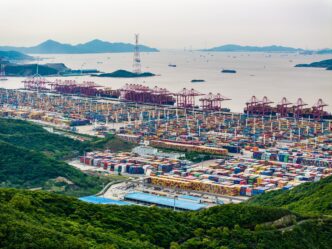President Donald Trump has announced sweeping new tariffs targeting nearly all U.S. trading partners, potentially reshaping the global economic landscape. The tariffs include a 34% tax on imports from China and 20% on the European Union, among others. These measures, revealed during a statement in the Rose Garden, are part of Trump’s strategy to address what he describes as an economic emergency, aiming to impose higher tariff rates on countries with significant trade surpluses with the United States. Additionally, there is a 10% baseline tax on imports from all nations.
The introduction of these tariffs represents a historic tax increase that could disrupt the global economy, potentially leading to increased costs for essential items in the U.S. such as housing, automobiles, and clothing. Furthermore, these actions could strain international alliances designed to maintain peace and economic stability.
Understanding Trump’s ‘Reciprocal’ Tariffs
The tariffs introduced by Trump are essentially taxes collected by U.S. Customs and Border Protection when foreign goods enter the country. Last year, these tariffs generated about $80 billion, which is funneled into the U.S. Treasury to support federal expenses. The allocation of these funds is determined by Congress.
The impact of these tariffs on consumer prices will vary, depending on the responses of businesses both within the U.S. and abroad. Consumers may begin to notice price increases within a month or two, especially for goods like produce from Mexico, which could see faster price hikes.
While the U.S. Constitution assigns the power to set tariffs to Congress, over time, this authority has been delegated to the president through various laws. Trump has invoked emergency powers from a 1977 law to implement these tariffs more spontaneously.
Despite a Senate resolution passed 51-48 to end Trump’s emergency declaration on fentanyl-related tariffs on Canada, the legislation faces slim chances in the Republican-controlled House. This resolution highlights the limits of Republican support for Trump’s trade policies.
International Reactions and Implications
Australia has expressed confusion over the tariffs, which include its remote island territories like Christmas Island, despite exporting nothing to the U.S. Australian Prime Minister Anthony Albanese emphasized that Australia imposes no tariffs on U.S. imports, owing to a free trade agreement between the two nations.
Hong Kong has opposed the new tariffs, urging the U.S. to withdraw them. As a free port, Hong Kong practices free trade and has not imposed tariffs on U.S. imports. The territory highlighted a substantial U.S. trade surplus with Hong Kong over the past decade, calling the tariffs illogical and threatening to take the issue to the World Trade Organization.
India’s Trade Ministry is evaluating the tariffs and is keen to accelerate negotiations for a trade agreement with the U.S. to potentially mitigate the impact of these higher import taxes. The aim is to enhance trade, investments, and technology transfers between the two nations.
In Vietnam, the stock market has plummeted in response to a 46% tariff on its exports to the U.S. Gold prices have surged as people seek safer investments amidst economic uncertainty. Vietnam has been diversifying its trade relations to reduce reliance on the U.S. market, which has become increasingly unstable for exports of garments and sportswear.
The Ripple Effect: Decoding the Details
- The increased tariffs could lead to higher prices for everyday goods, affecting household budgets across the U.S.
- International trade relationships may be strained, leading to potential retaliatory measures and further economic uncertainty.
- Local economies reliant on exports to the U.S., like Vietnam, may suffer, prompting a shift in global supply chains.
- U.S. businesses importing goods may pass these costs onto consumers, impacting their purchasing power.
- Countries like India could expedite trade agreements with the U.S., aiming to offset the negative impacts of these tariffs.
- Global financial markets may experience volatility as businesses and investors react to the new trade dynamics introduced by these tariffs.
These tariffs represent a significant shift in U.S. trade policy, with potential consequences that could ripple through various levels of international trade and domestic economic stability.

